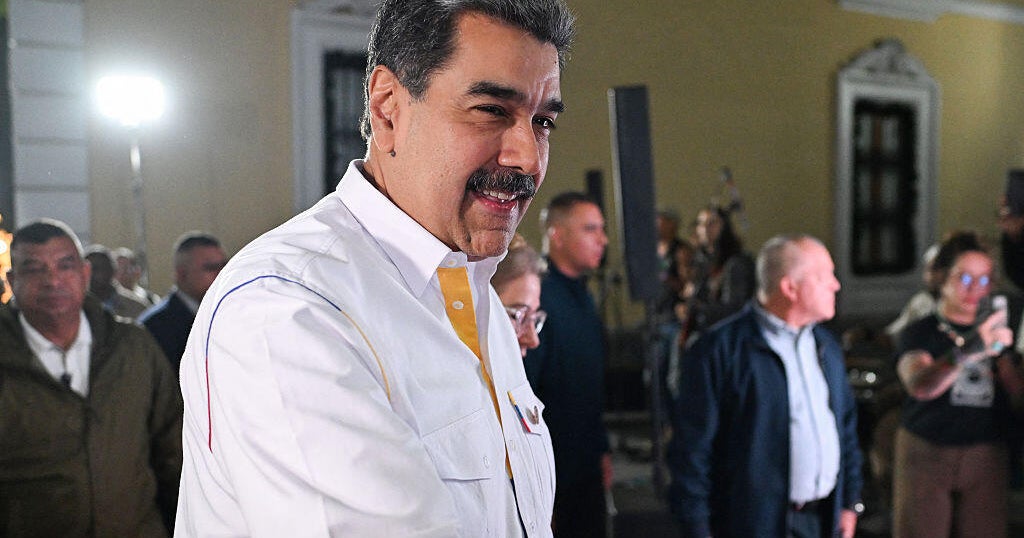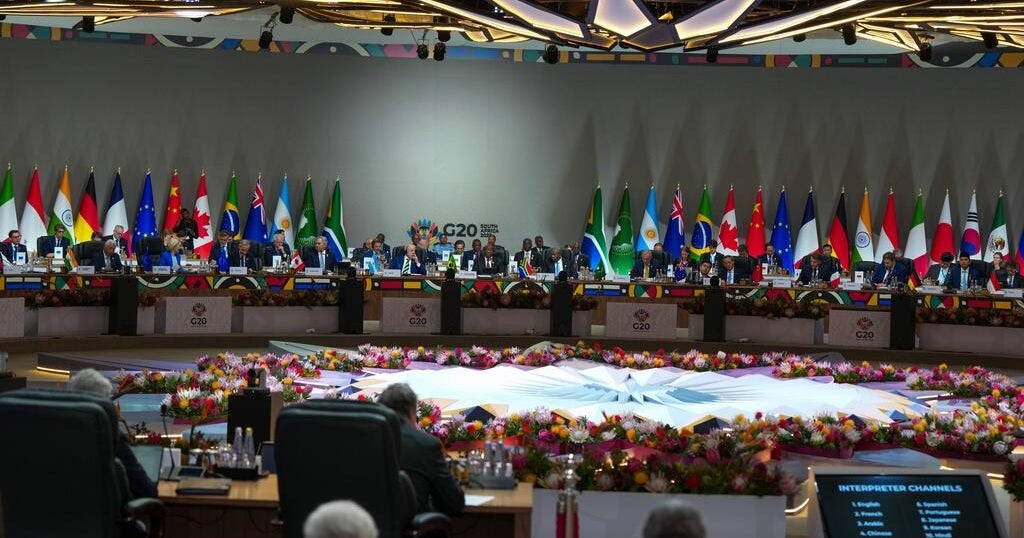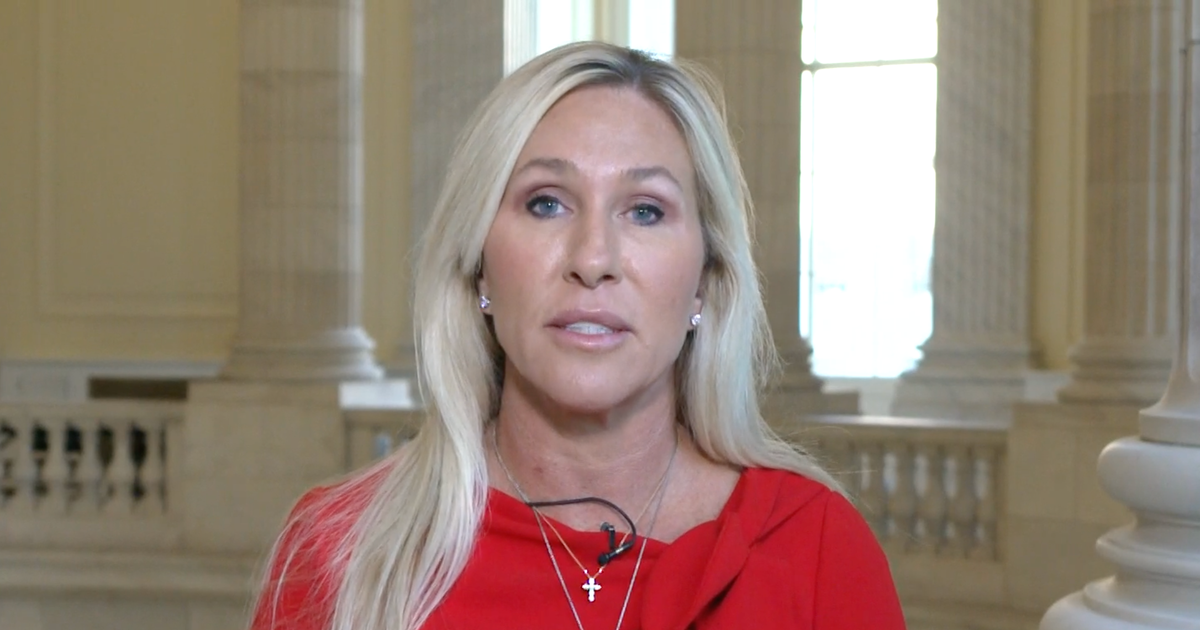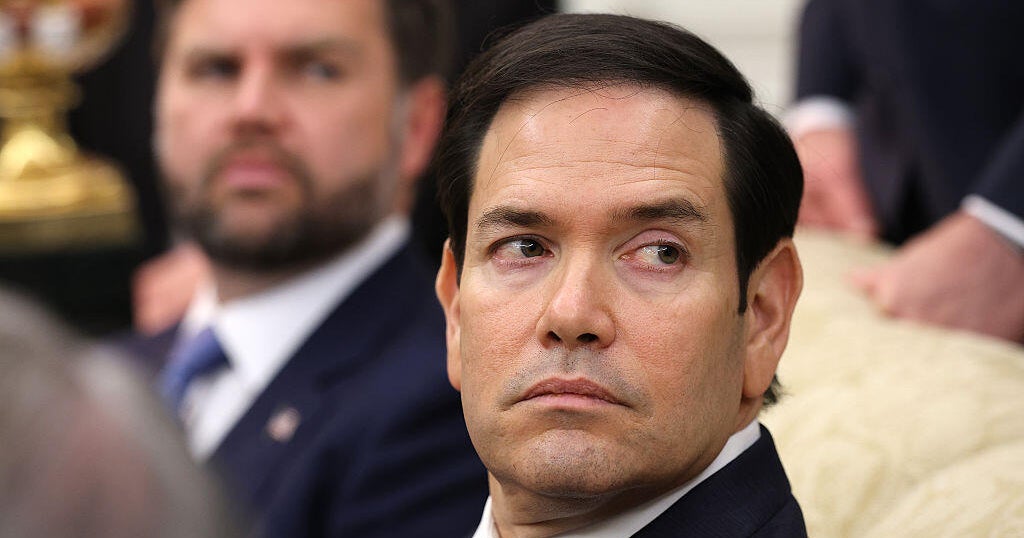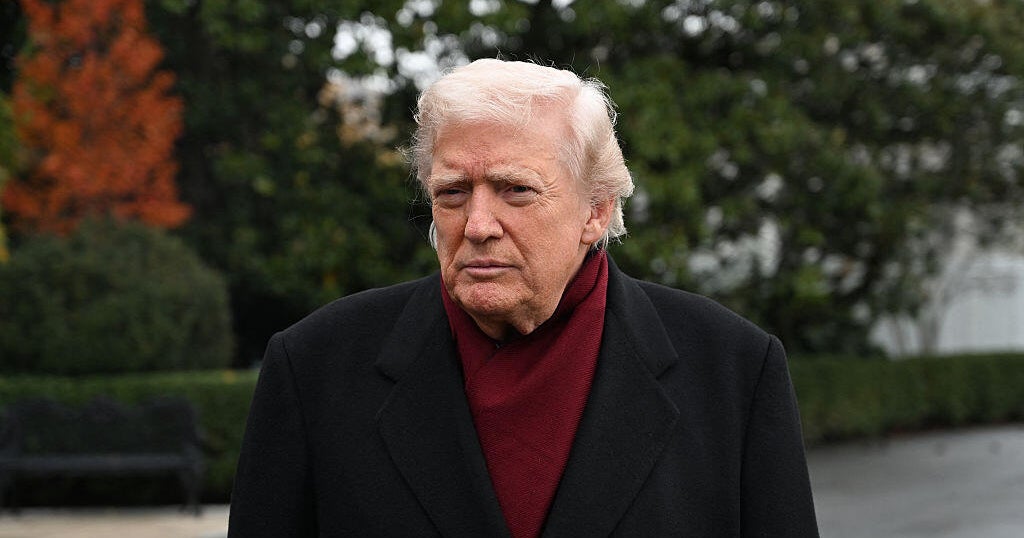How Will Trump's 50% Tariff Hurt India’s Exports—From Textiles to Shrimp?
US slaps India with a 50% bilateral tariff over Russian oil imports. Find out how textiles, gems, seafood, leather, and more are expected to take the hit.

President Trump has sharply increased tariffs on Indian exports—doubling existing import duties from 25% to a total of 50%—in response to India’s continued purchase of Russian crude. The new imposition targets India's export-heavy sectors including textiles, gems, seafood, leather, chemicals, machinery, and furniture, which together represent over 55% of U.S.-bound shipments from India. Experts warn this could devalue Indian exports by 40–50%, hit micro and SMEs hardest, and disrupt trade that contributes around 2% to India’s GDP. In retaliation, India may push for support for affected industries, recalibrate trade routes, or expedite bilateral talks. The move marks a critical juncture in U.S.–India relations, threatening both economic growth and strategic cooperation.
Trump Targets India with Sweeping 50% Tariff Increase
On August 6, President Trump announced an additional 25% tariff on Indian goods—effective in 21 days—bringing the total import duty to 50%. This drastic escalation was framed as punishment for India’s continued imports of Russian oil. The move deepens a shifting trade landscape and puts India under unprecedented economic pressure.
Export Sectors Across the Board Face Steep Losses
Industry analysts expect severe fallout across multiple labor-intensive sectors. GTRI projects that U.S.-bound exports from textiles, gems and jewelry, shrimp, leather and footwear, chemicals, and machinery could drop by nearly half due to the inflated duties. Cost competitiveness risks collapsing under steep cost escalation.
Stock Market Reacts with Sharp Pullback in Export-Oriented Stocks
Following the announcement, stocks of Indian firms tied to textiles, jewelry, shrimp, auto components, and chemicals fell up to 6%. Though the market's broader indices dropped moderately, analysts warned of broader investment stagnation in export-linked sectors.
Micro, Small, and Medium Enterprises Face Existential Threats
The Apparel Export Promotion Council (AEPC) forecasted a potential "death knell" for many SMEs heavily dependent on U.S. orders. AEPC stated that Indian garment exports to the U.S. comprise 33% of the sector’s business, and they find it nearly impossible to absorb such steep additional cost burdens.
Specific Goods Become Pricier Than Ever in the U.S. Market
The duty on shrimp, already subject to anti-dumping and countervailing charges, will balloon to over 33%. Gems and jewelry currently valued around $12 billion in U.S. exports will lose competitiveness, and textiles, organic chemicals, and furniture exports are also facing tariffs exceeding 50%.
Surat’s Diamond Industry Feels Acute Distress
Even before the new tariffs, Trump-era policies had hurt India's diamond processing hub in Surat—employing over 1 million—due to slumping global demand, competition from lab-grown alternatives, and previous U.S. duties. A sharp decline in revenues had already triggered layoffs and severe economic stress, with the new tariff only escalating the crisis.
Regional Sectors Like Leather and Tea in Bengal Hit Hard
West Bengal’s leather exports—valued at ₹2,000 crore annually and employing half a million workers—face serious disruption, especially in large hubs like Bantala. Similarly, the region's specialty tea exports, though more insulated, are also potentially at risk due to higher costs in the U.S.
Government Reiterates Resolve Amid Escalating Tensions
India’s Prime Minister asserted that the country would not compromise on core interests such as those of farmers, fishermen, and dairy sectors—even at personal political cost. The government labeled the tariffs as "unfair, unjustified and unreasonable" while affirming its right to make energy decisions.
Policy Gridlock Could Shrink India-U.S. Trade if Talks Stall
India–U.S. trade negotiations remain troubled by disagreements over agriculture and energy policy—including India’s Russian oil imports. Though India signaled possible reductions in oil sourcing, no conclusive trade agreements appear imminent.
Disclaimer
This article is based entirely on verified news sources and economic analysis regarding the U.S. tariff increase on Indian exports under the Trump administration. It contains no speculative or promotional content. Myhospy.com is not responsible for economic or policy decisions derived from this information.
What's Your Reaction?
 Like
0
Like
0
 Dislike
0
Dislike
0
 Love
0
Love
0
 Funny
0
Funny
0
 Angry
0
Angry
0
 Sad
0
Sad
0
 Wow
0
Wow
0






